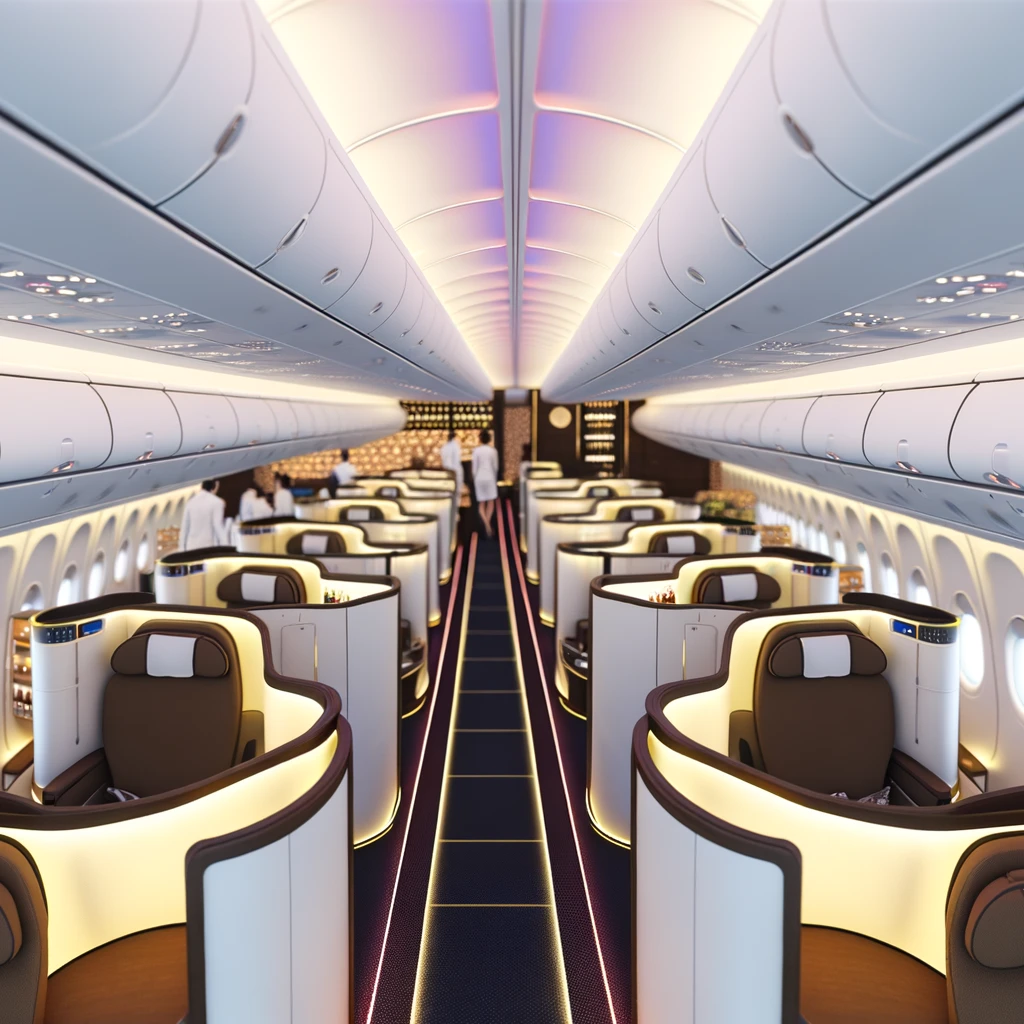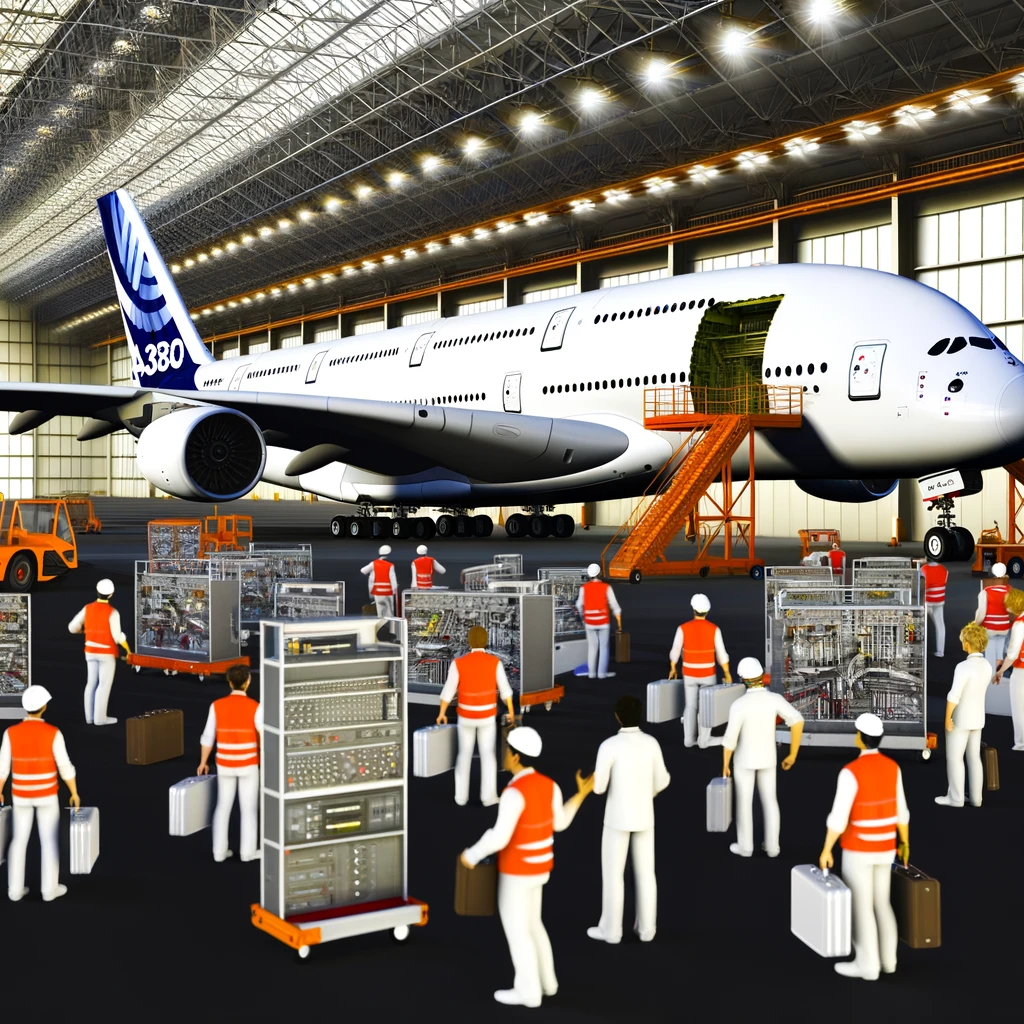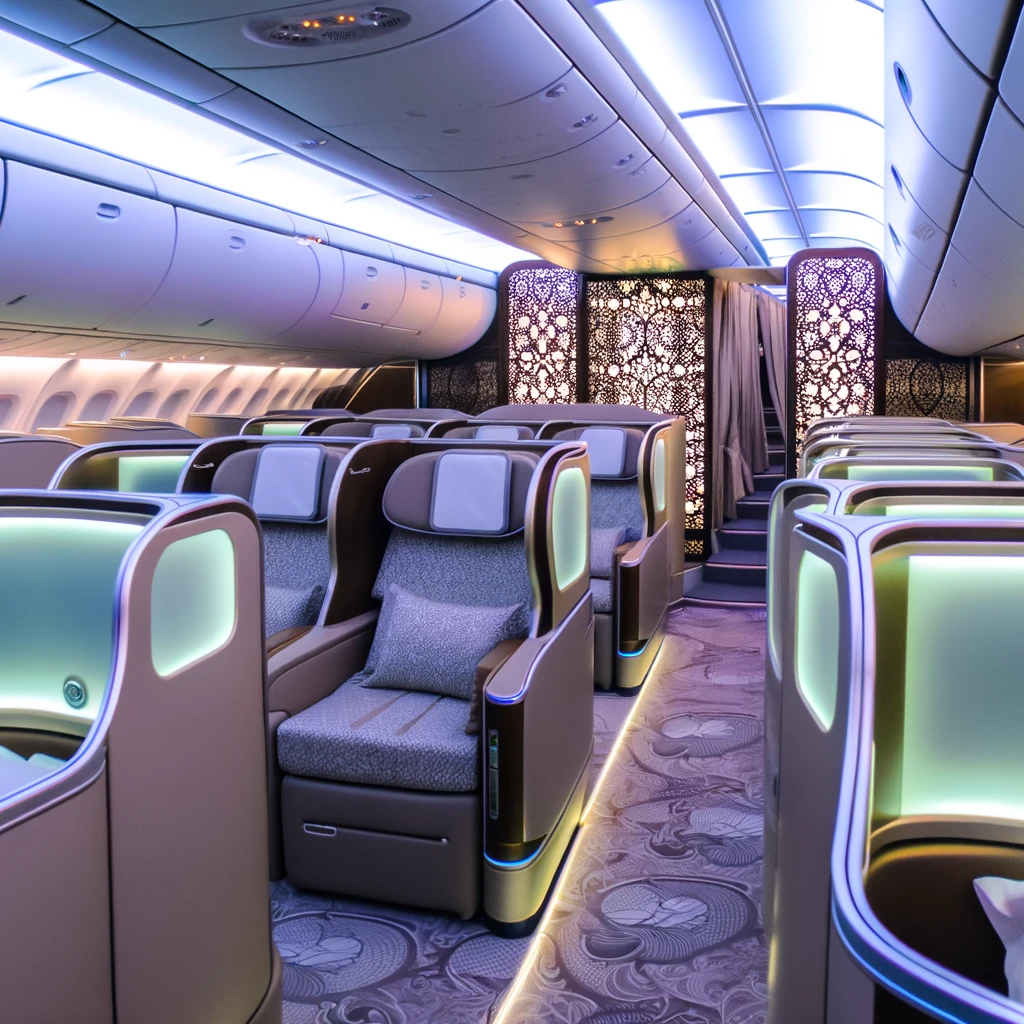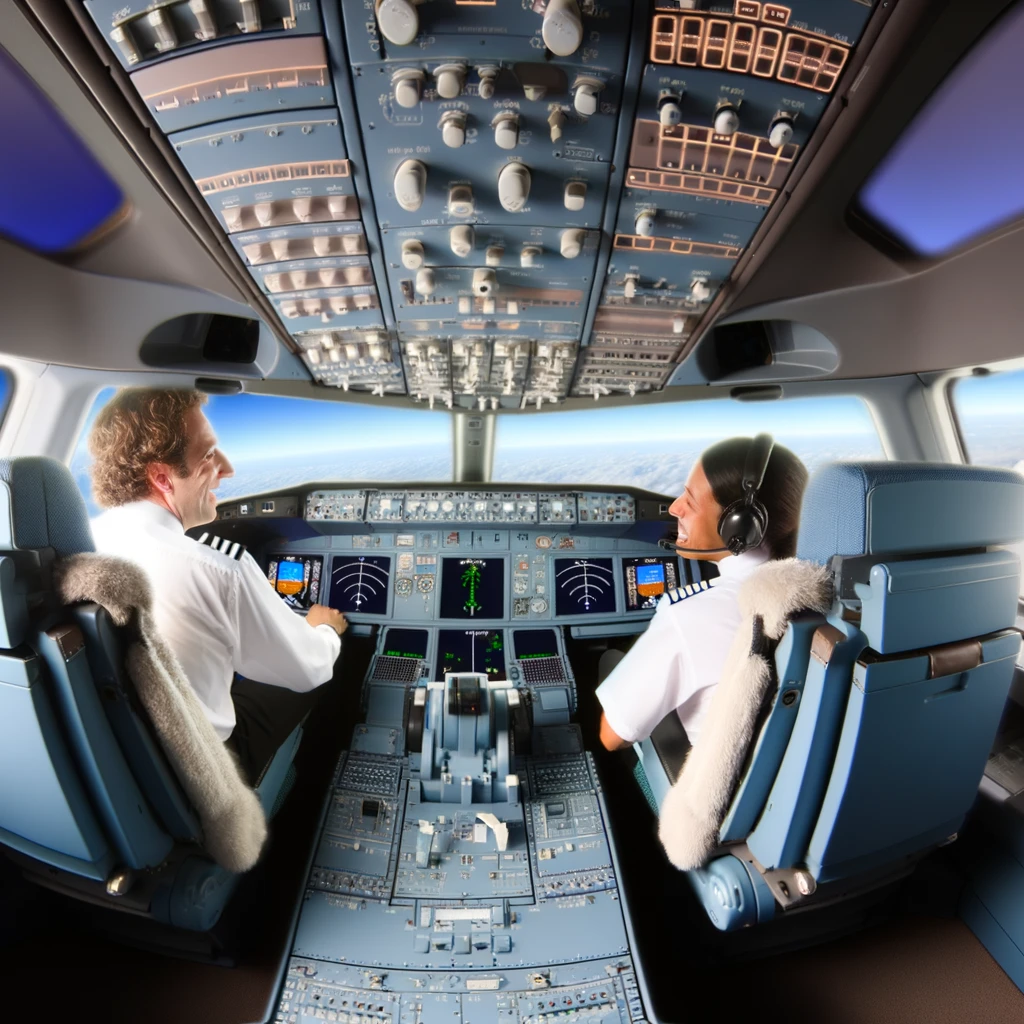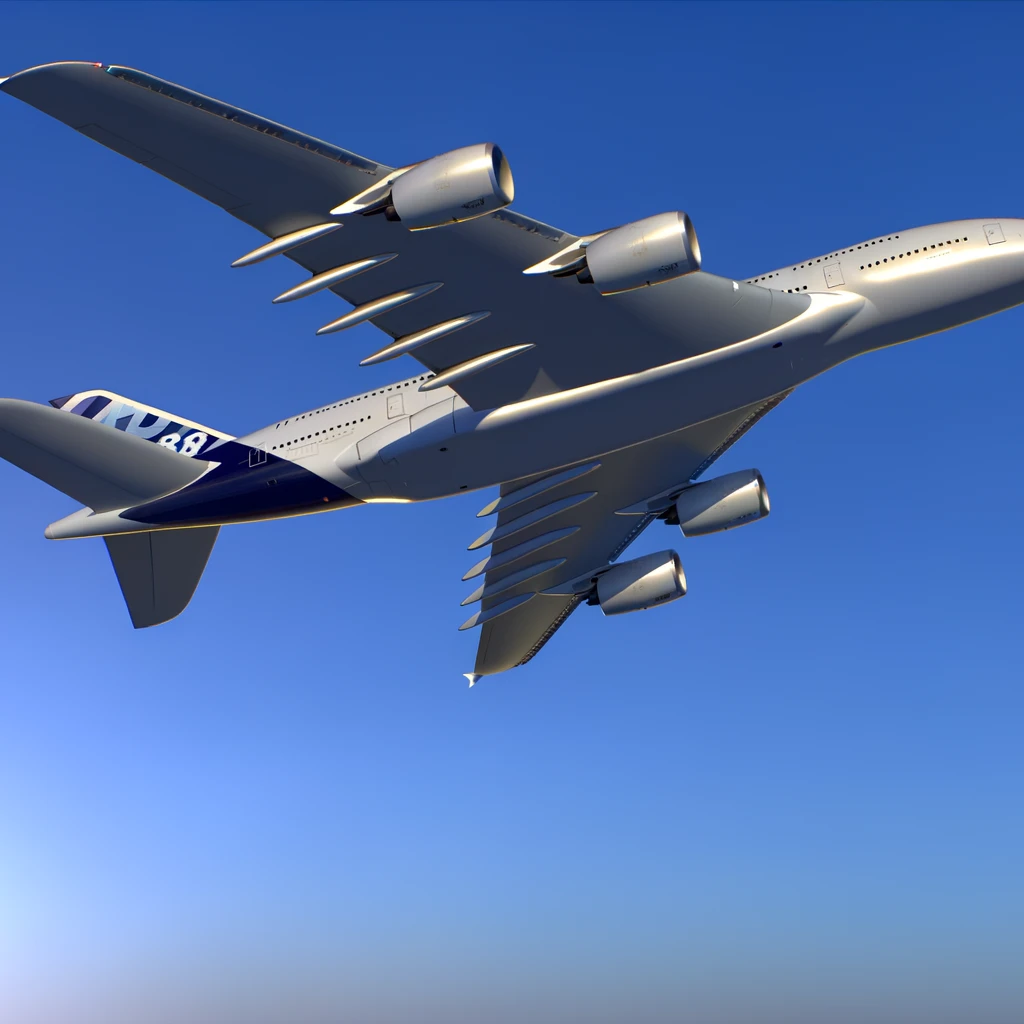
The Airbus A380's Innovative Safety Features: A Closer Look
The Airbus A380, often regarded as an engineering marvel, stands as a testament to modern aviation's capabilities. As the world's largest passenger airliner, the A380 is not only a symbol of luxury and capacity but also a beacon of safety, equipped with a plethora of innovative features designed to protect its passengers and crew. This article delves into the safety advancements that make the Airbus A380 one of the safest aircraft in the skies.
Introduction to Airbus A380
Since its introduction in 2007, the Airbus A380 has been a game-changer in the aviation industry. With a typical seating capacity of 555 passengers in a three-class configuration, it offers more space and comfort than its predecessors. However, beyond its size and luxury, the A380 is a pioneer in safety technology, incorporating state-of-the-art systems to ensure passenger safety.
Advanced Avionics and Flight Control Systems
The A380's cockpit is a blend of advanced avionics and intuitive design. The flight control systems are augmented with digital fly-by-wire technology, which replaces the traditional manual flight controls with electronic interfaces. This system not only enhances the aircraft's handling characteristics but also integrates multiple layers of redundancy to ensure continuous operation under varied conditions. The avionics suite includes sophisticated navigation and communication systems, which provide real-time data to the pilots, aiding in decision-making processes and enhancing situational awareness.
Electronic Flight Instrument System (EFIS)
The A380 is equipped with an Electronic Flight Instrument System (EFIS) that displays critical flight data on large LCD screens. These screens provide comprehensive information, including weather conditions, navigation, and aircraft status, reducing pilot workload and minimizing the risk of human error.
Structural Integrity and Materials
The Airbus A380's airframe is constructed using advanced composite materials, which not only reduce weight but also enhance the aircraft's structural integrity. These materials are designed to withstand extreme stress and environmental factors, ensuring durability and safety. The aircraft's wings are reinforced with carbon-fiber composites, providing strength and flexibility to cope with dynamic flight conditions.
Fire Safety and Emergency Systems
Safety on the A380 extends to its fire detection and suppression systems. The aircraft is equipped with advanced sensors that detect smoke and fire in real-time, allowing for immediate response. The cargo holds are fitted with fire suppression systems that can extinguish fires quickly, preventing them from spreading. Additionally, the cabin is designed with strategically placed emergency exits and inflatable slides, facilitating rapid evacuation if necessary.
Engine Technology and Redundancy
The A380 is powered by four high-bypass turbofan engines, either the Rolls-Royce Trent 900 or the Engine Alliance GP7200. These engines are designed with advanced safety features, including built-in redundancy systems that allow the aircraft to continue flying safely even if one engine fails. The engines are also equipped with noise-reduction technology and advanced fuel efficiency systems, contributing to a quieter and more environmentally friendly operation.
Concluding Thoughts
The Airbus A380 is more than just a giant in the sky; it is a testament to the strides made in aviation safety. Through its innovative design and cutting-edge technology, the A380 has set new benchmarks for passenger safety and comfort. As aviation continues to evolve, the safety features of the A380 will undoubtedly influence future aircraft designs, ensuring that air travel remains one of the safest modes of transportation.
Related Articles
